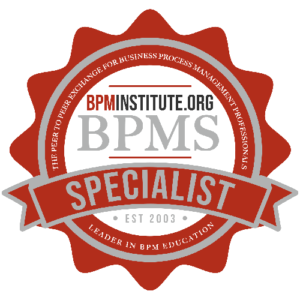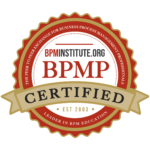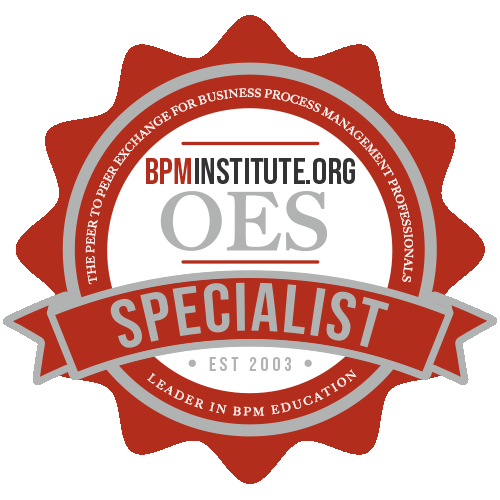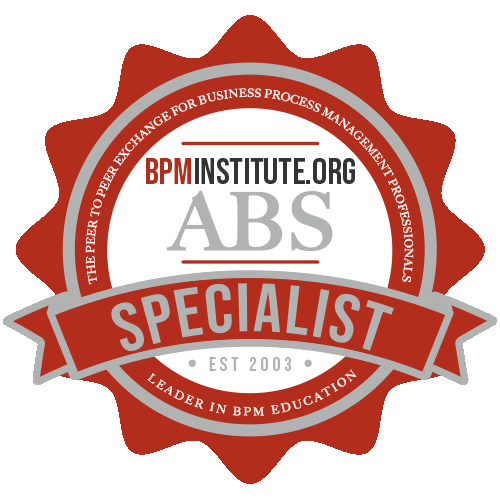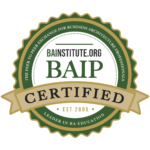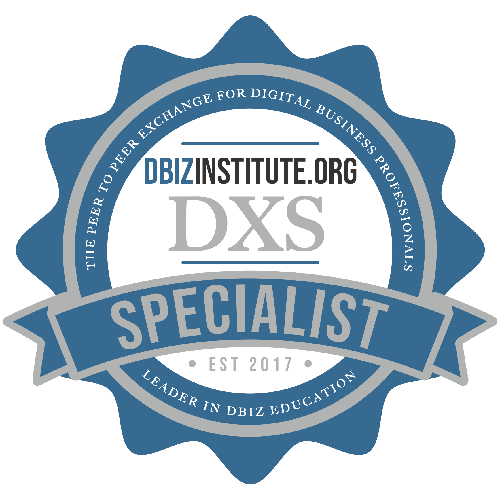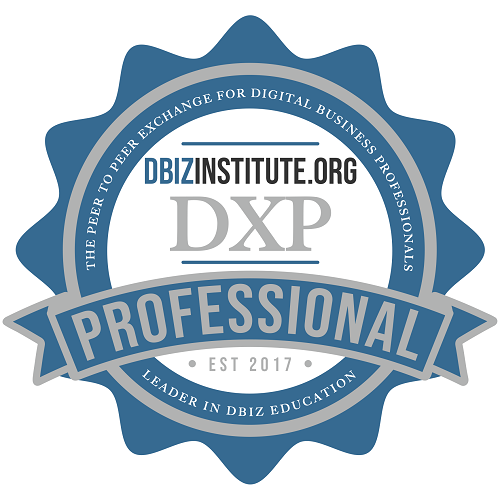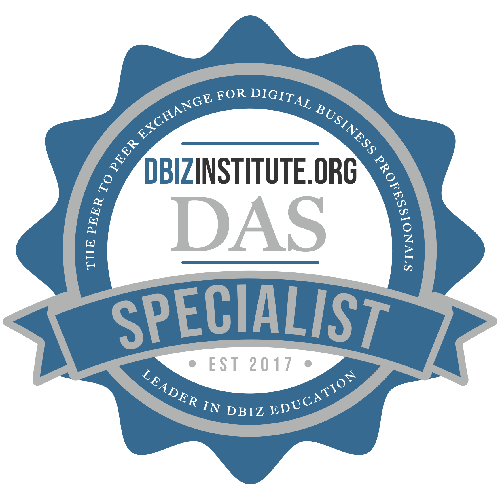Home / Resources
Resources
Discover a Wealth of BPM Knowledge and Expertise at BPMInstitute.org!
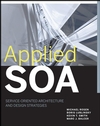
Book Review – Applied SOA: Service-Oriented Architecture and Design Strategies
There is no shortage of books that cover SOA topics, but few of them go beyond background information, telling us what a service is and what technologies we can use to network them, but leaving us on our own to figure out how to identify or design a service. Fewer still go into the design of SOA solutions for the enterprise. I’m happy to report that this book is a welcome exception.

The Maturity Level of a Process as a Principle Factor for Process Automation (First Pillar)
“A high level of process maturity is considered a fundamental pillar for comprehensive process automation and successful future implementation. The process operation and the time this process has been utilized by the business must be well understood by the person or people who are going to automate said process. Considering implementing a theoretical process or a process that possesses a low level of maturity is likely to result in failure and/or extended execution time and/or a high investment in cost and resources.

Aligning Strategy & Execution
Strategy [strat’-i-jee]: a plan, method or series of maneuvers or stratagems for obtaining a specific goal or result. Execute [ek’-si-kyoot]: to produce in accordance with a plan or design. Clearly, the two ideas are closely related; one involves setting a plan and the other involves putting the same plan into motion. Simple enough. Yet, why is it that so many companies fail to make the connection?
In my experience, most organizations are very adept at planning.
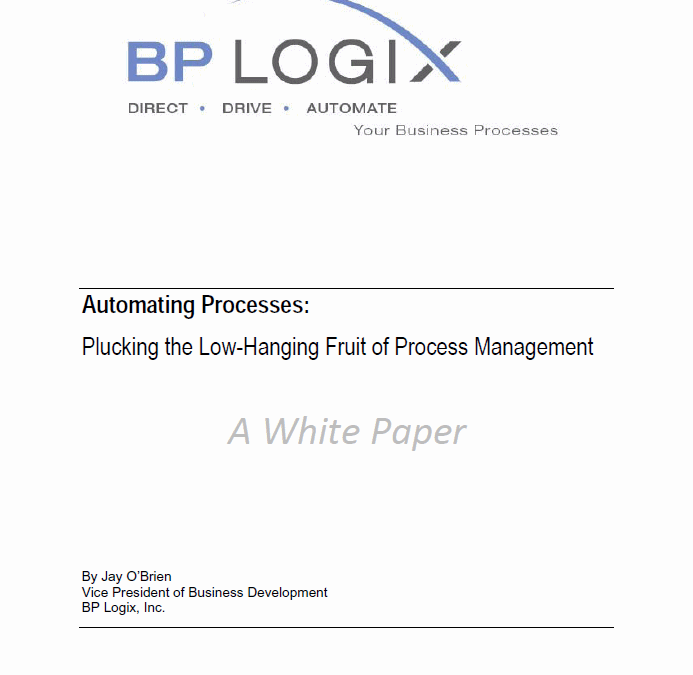
Automating Processes: Plucking the Low-Hanging Fruit of Process Management
Business Process Management can conjure up images of tremendous complexity, months of planning, committees, meetings, boxes, arrows and squiggles depicting business processes. While BPM can be that complex, it needn’t be. You can move, and quickly, to pluck the low hanging *process automation) fruit for your company. This white paper offers some guidance, things to ponder, consider and act on as you contemplate how to automate your business processes.

The Essence of Business Architecture
There continues to be confusion over the practice of business architecture and the role of the business architect. One way to clear this up is to examine other forms of architecture and the related role of the architect. First, we should restate the industry definition.
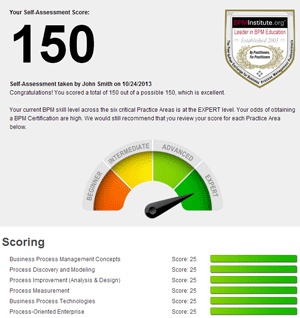
BPM Skills Self-Assessment
Aspiring and veteran BPM practitioners alike can use this self-assessment to determine current strengths and weaknesses across six critical Practice Areas. It will also help you determine your odds of obtaining a BPM Certification.
Please note: The assessment has been updated and is no longer presented as a webcast. Please visit the link below to take the assessment.
Are you just getting your feet wet in Business Process Management and want to know where to start? Do you have some experience but want formalized training?
BPMInstitute.org’s training program may be the right choice for you.
Training is essential to maintain your edge and get ahead in today’s difficult economic times. It’s becoming more and more important to differentiate. Becoming a process thinker will allow you to achieve both of these objectives. With so many BPM course options, what is a fast and efficient way to find out where to begin?

Talent Development and Training Strategies: Cost Effective Training Solutions For A Challenging Economy
Does your staff need training… Are looking to spread BPM education throughout your company…Are you considering a continuous process improvement initiative…but you have the “can’t travel” budget blues?
Join BPMInstitute.org’s Founder & Editor, Gregg Rock, for an executive overview of cost-effective Training strategies already being employed by other members.
During this Round Table, you will learn how to:
- Provide training for your staff at a fraction of the cost of traditional Face-to-Face training
- Increase your employees options for receiving the training needed to become mo
Does your staff need training… Are looking to spread BPM education throughout your company…Are you considering a continuous process improvement initiative…but you have the “can’t travel” budget blues?

Doing More with Less
Today’s challenge to increase productivity with fewer resources has lead to numerous methodologies and toolkits to help organizations meet their objectives and become more profitable and effective. This certainly makes the case for applying two well known and proven methodologies Business Process Management (BPM) and Six Sigma.
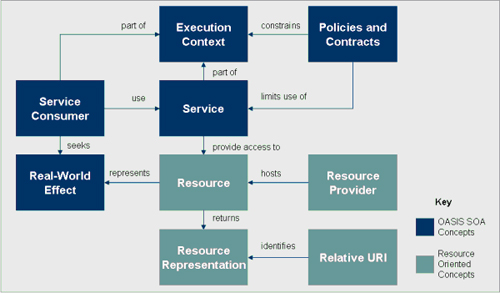
Resource Oriented Architecture
According to a 2008 Gartner Survey1 there has been an increase in the number of organizations implementing web services using Representational State Transfer (REST) and Plain Old XML (POX).

Reviews: Necessary Evil or Symptom?
During any BPMS demo, the vendor will demonstrate how the application handles the review and approval cycle of some work product, e.g., a document, form, or report. Review and approval of these products is a process cycle that all businesses share, and in my opinion, one that’s entirely too common. Reviews aren’t disappearing anytime soon. They are in some cases a necessary evil. However, let’s be clear – reviews aren’t value added activities.

Collaboration and Business Decision Management
Business Rule Management Systems (BRMS) have been described as the ultimate platform to achieve true collaboration. By bridging the gap between business and technology, two previously disparate groups that did not speak the same language could now do so in the universal language of business rules. And to a certain extent these systems met that goal. However, there have been persistent nagging issues centered around things like requirements and change management that seem to keep getting in the way of collaboration and, ultimately, true agility.

Process Management Scenarios and their Technology Requirements
One of the interesting BPM debates I’ve been following in the past months has been about the relevance of BPM technology standards such as BPMN and BPEL (with some protagonists claiming that BPEL isn’t powerful enough as a modelling or implementation language to express the richness of some processes; and others claiming that in fact it’s just fine – for example, see the online debate between Keith Swenson and Ismael Ghalimi.

BPM and Software as a Service
Today’s economic pressures are resulting in an increasing scrutiny on IT budgets and how to achieve the best return on investment. IT project portfolios are constantly evaluated by the CIOs in light of new budgets and constraints. Clearly IT spending is on the fall, significant budgets cuts are on way, and new initiatives are impacted. BPM initiatives that had initially made their way into the portfolio are now being re-evaluated given the upfront capital cost of procuring Hardware and software.

Fly-by-BusinessDrivers – Agile Supply Chain Organization with Business Drivers Embedded BPM System
As much as business drivers cannot be divorced from an effective and successful supply chain, the same is true for Business Process Management (BPM) that could help raise the bar for supply chain.
Supply chain in Organizations are very complex with numerous distribution types and channels, in house and outsourced factories, third party warehouses, logistics and suppliers with varied contracts, etc. Enterprise Resource Planning (ERP) software enabling supply chains greatly increase the availability of current information.

Integrated Business Management in the Process Age: Creating an Agile Business Management Paradigm
In the transition from the Information Age to the Process Age, we need new thinking and methods to design products and services for the agile business environment. Processes demand a new paradigm that expects more from managing a business and creating solutions than the current information-oriented paradigm. We need methods that are fit for working with processes to replace our methods for working with information, as they aren’t built on the necessary concepts.

Service Oriented Architecture – A Service Contract Design Template
Introduction
Service-Oriented Architecture (SOA) is a highly collaborative paradigm, and attempts to break down the invisible barriers between IT and business. A critical step to be undertaken when implementing a SOA is to identify, specify, catalog and document candidate services. Given the sheer complexity of the task, this is more of an art, rather than a science. However, there do exist some common-sense principles and best practices for this purpose.

Technology Does Not Matter, Methodology Does
Does it still matter what matters in Enterprise IT? Even before the current harsh times the field seemed to be a land of confusions and illusions, from CIOs greatly overestimating their departments’ and their own role in the eyes of their CEOs1, to business analysts continuously unable to get exactly what they need when they need it from their IT counterparts. And to a respectful analytical firm putting as much confusion as possible in one sentence: “Although the word ‘SOA’ is dead, the requirement for service-oriented architecture is stronger than ever” (sic!).

Structuring a Process Management Center of Excellence: the Value Chain
1. INTRODUCTION
Over time, organizations have been increasing their interest in process management institutionalization. The growing complexity and scope of processes, and the frequency with which process modeling, improvement, deployment, integration and coordination occur require companies to structure in such a way as to manage their processes [2][5]. In such a context, organizations have sought concepts and guidelines towards structuring a process center of excellence [1][3].

The Transition to Business Architect
The concept of business architecture and the role of the Business Architect did not exist when most people today entered their respective industries; no curriculum was available to prepare anyone for the role and, as far as I know, there is still no certification available for today’s Business Architects. So from a practical sense, what does one look for when hiring a Business Architect or promoting someone to the role of Business Architect?

Enterprise SOA Deployment Requires SOA Governance
Service-Oriented Architecture (SOA) is an approach to distributed computing that considers software functionality as services on a network. SOA represents the next major step in the evolution of Information Technology (IT) strategies. Businesses are looking to SOA as the best way to leverage information technology assets and to provide the business the agility required to compete in today’s economy. In addition, SOA holds promise to companies looking to bring order to an increasingly complex and chaotic IT environment and equip themselves to manage change.
